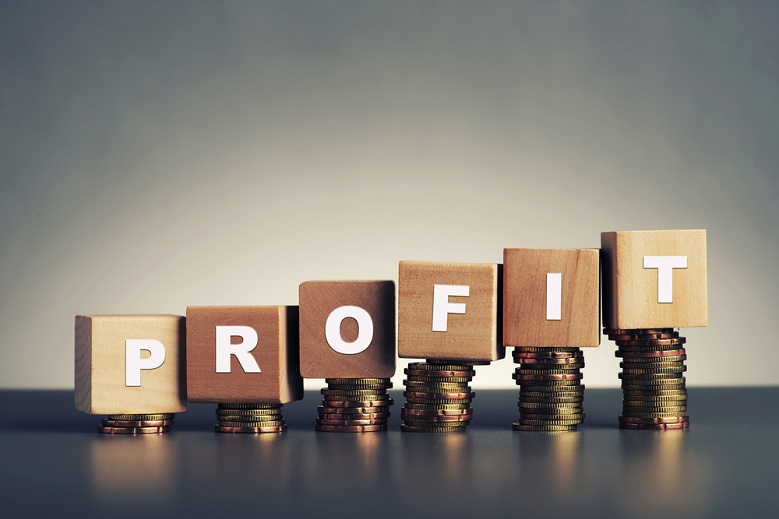
By Ethan Roberts
This is the second of a two-part series. You can read the first part here.
In my last post, I offered some tips on how to maximize your profits when buying a house to flip, and suggested some techniques for estimating your costs accurately. Now let’s look at some ways you can keep your costs low after you’ve found a property to flip and during the rehab process.
1. Buy most of your materials before you close
When it comes to flipping houses, time IS money. So buy most of the materials you’ll need in the week or two prior to closing, so you can start work immediately. Don’t buy cheap materials. Instead, look for quality items that are on sale.
However, only buy materials that you can return should the transaction not close. A few years ago, one week before I was ready to close on a foreclosure, I was told that there were title problems and the home would have to be re-foreclosed. I was able to return most of the materials I had purchased, but not the custom-made cabinet doors that I had foolishly bought too early. Lesson learned.
2. Focus your rehab dollars on kitchens and bathrooms
An axiom of real estate is that kitchens and baths sell homes. Many kitchen and bathroom renovations will actually return 75% to 100% of your outlay. Therefore, expensive repairs on a flip should largely be confined to those rooms. These improvements will also produce the largest dollar return from the buyer’s appraisal. Focus your rehabbing on new kitchen cabinets, countertops, fixtures, and flooring to wow potential buyers viewing your property. New shower tile, vanities, light fixtures, and flooring will do the same for the bathrooms. Interior and exterior painting also yields an excellent return on the money spent.
Conversely, adding a fence, pool, or pavers rarely returns more than about 50 cents on the dollar. However, they can add appeal to help you get the home sold more quickly. Use discretion when making those improvements.
3. Do the rehabbing work yourself, if possible
The more rehabbing you can do yourself, the less you will spend on labor costs, thus maximizing your profit margin. However, unless you’re a licensed contractor, do not attempt structural repairs for which you need a license and the ability to pull the required permits. The county or city could shut down your project if you’re doing non-permitted work.
But just because you can’t re-plumb a home or install a new roof, it doesn’t mean you can’t paint, install ceramic tile, change out old outlet covers, pressure wash the house and driveway, or re-do the landscaping.
However, there are some times when it does not pay to do the labor yourself. Hire a professional if you’re physically unable to do the job without incurring medical expenses; if the work will take you six times as long to do as it would the professional; or if your day job pays you more money per hour than you would pay a professional to do the work.
4. Minimize carrying expenses
I’ll say it again: Time is money in real estate flipping. You need to start the rehabbing immediately after closing, and devote full-time hours to completing the work. The faster it’s rehabbed and placed on the market, the sooner it will sell and the higher your profit margin will be. Nothing kills a bottom line more than a house sitting stale on the market while expenses such as taxes, insurance, utilities, and maintenance pile up every day.
5. Pay the buyers’ closing costs
It’s difficult enough for many buyers to save enough money for a down payment on a home, let alone pay the required closing costs. Therefore, if you offer to pay buyers’ closing costs, you may find that your home will sell much faster—and at a higher price. A home listed for $150,000 where the seller is paying up to $5,000 in buyer closing costs will sell much faster than one listed for $145,000 where the seller isn’t paying any of those costs.
6. Always have a “Plan B”
The rehabbing process always comes with a plethora of negative surprises. Poor weather, service provider delays, unexpected repairs, termites or other critters, and even theft can wreck your schedule unless you have a backup plan at all times. Flexibility is the key to successful rehabbing. Can’t paint the exterior because it’s raining? Paint the interior instead. Can’t lay the carpet because the installer is sick? Do some necessary landscaping work for several days.
If for one reason or another you can’t sell the property, renting it out for a while is always an option unless you have an expensive hard money loan. For that reason, I always advise investors not to flip homes with in-ground pools: if you have to rent the home, there’s too much liability and maintenance expense.
Remember, risk and reward go hand in hand in real estate investing. Follow these suggestions if you want to minimize your risk and maximize your potential profits on every deal!
Ethan Roberts is a real estate writer, editor and investor. He’s a frequent contributor to InvestorPlace.com, and his work has been featured on Money.msn.com and Reuters.com. He’s also written for SeekingAlpha.com and MarketGreenhouse.com, and was one of five contributing editors to TheTycoonReport.com. He’s been investing in real estate since 1995 and has been a Realtor since 1998. He also teaches classes on investing in residential real estate.


